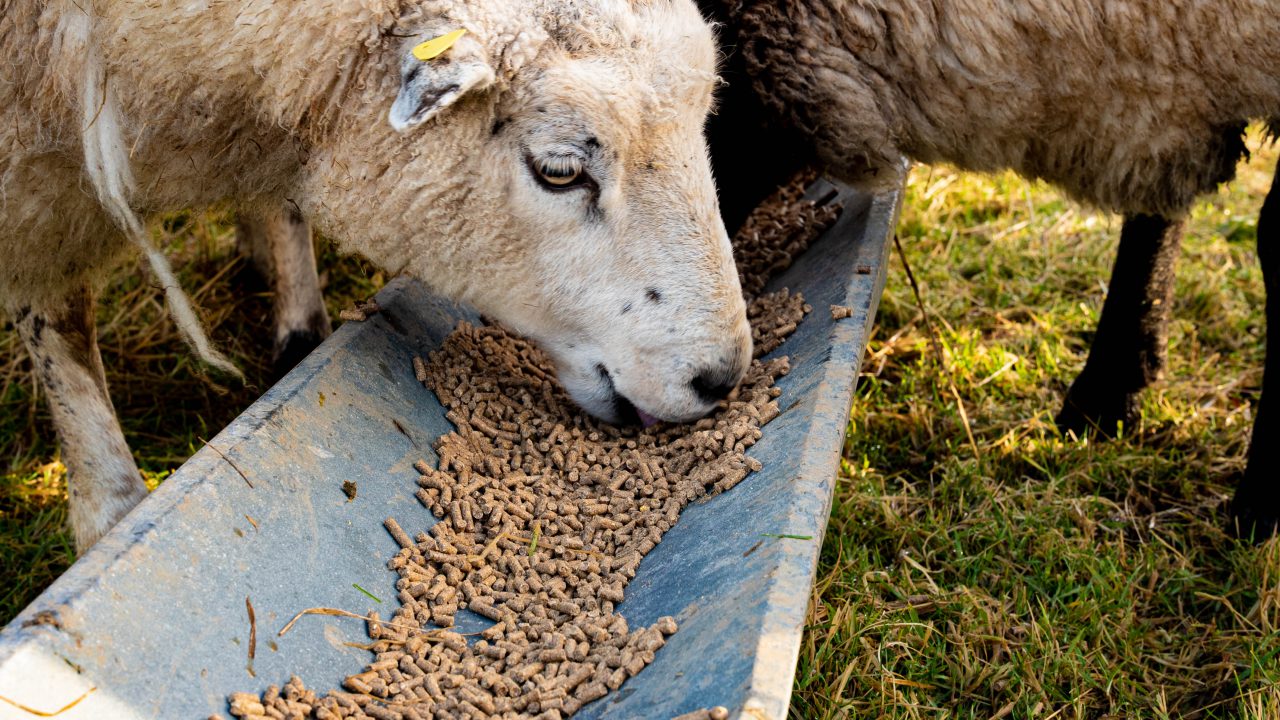Concentrate feeding will have started on many farms, while others will be shortly beginning to introduce meal to their ewes.
Getting nutrition right in late-pregnancy is vital, as it is shown to influence ewe body reserve mobilisation, ewe colostrum production, lamb birth weight, lamb vigour and ultimately lamb survival.
Generally, late-pregnancy is seen as the last six-to-eight weeks pre-lambing during which time approximately 80% of foetal growth takes place.
As we know, the energy and protein requirements of ewes increase significantly a few weeks prior to lambing.
Energy is typically the most limiting factor in the ewe’s diet in the final few weeks of pregnancy and that’s why concentrate feeding levels are introduced and increased over time to meet this increasing demand.
While protein requirements also change, particularly during the final three weeks of pregnancy, when there is a requirement to ensure the ewe is receiving a source of rumen undegradable protein for mammary gland development and colostrum production.
The level of concentrate supplementation will depend on the quality of forage available to the ewes with higher-quality forage leading to a reduced concentrate requirement.
Therefore, it is vital when formulating diets for sheep to have the forage quality tested first so that the correct levels of concentrates are offered.
When deciding what concentrate to offer, there are a few guidelines that should be followed.
According to Teagasc, the ration needs to have a high energy value with a UFL of 1.1/kg DM or a ME of 12.5 MJ/ME/kg DM desired. The ration should also have a crude protein value of 18-20% also and contain a suitable pre-lambing mineral.
Ration ingredients
When considering the energy of the ration offered it is important to look at the ingredients listed on the ration bag.
The top three listed ingredients will usually make up the majority of the ration and within that, there should be soybean meal and two high-quality energy ingredients such as cereal grains like barley or maize.
Beet pulp is also a relatively high energy ingredient that can be included in rations. However, filler ingredients that are low in quality, such as wheat feed and palm kernel, should be avoided.
It is also important to ensure that the ration has at least 20% soybean meal included – as it is a good source of rumen undegradable protein.

